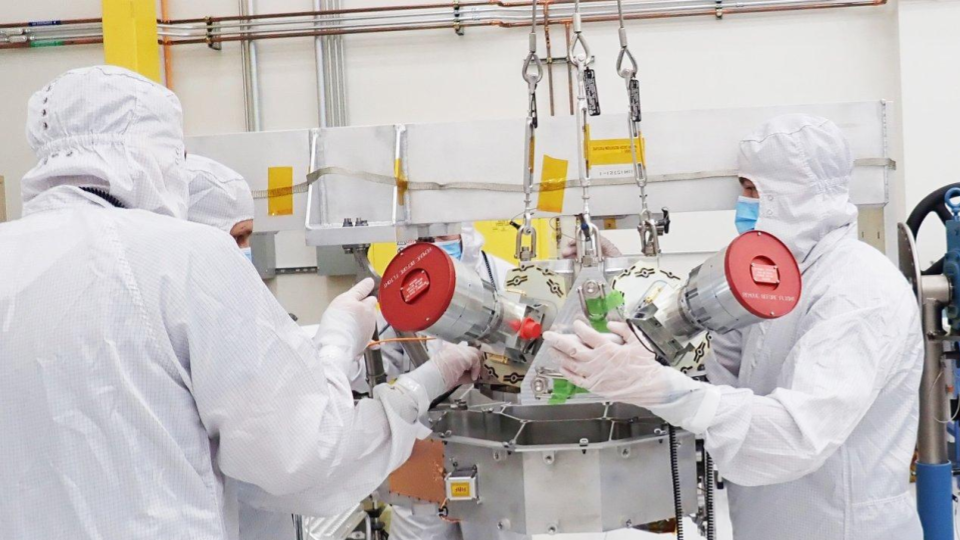
It doesn’t take a lot of telescope to make the number of visible stars radically increase, in it turns out even the Europa clipper, with its several centimeter star tracker cameras, has been regularly making its own observations.
The Clipper launched October 14, 2024 and flew past Mars on March 1 while traveling out toward Jupiter and its moon Europa. Along the way, Clipper is checking several of its systems. At Mars, it used its thermal imager to take some test images. That was cool, but not necessary. Required for its mission are the Clipper’s star trackers which are used to very precisely measure the Clipper’s orientation in space, and make sure it can keep its communications equipment properly oriented when it calls home.
The images are less than spectacular, but I have to admit, for a small camera catching quick shots, they aren’t that shoddy.
Clipper will reach the Jupiter system in 2030. Before that, it will actually be swinging by Earth one more time in December 2026 to use our gravity to sling it out toward Jupiter.
Sometimes, in space, the most fuel-efficient route requires returning to where you started.
